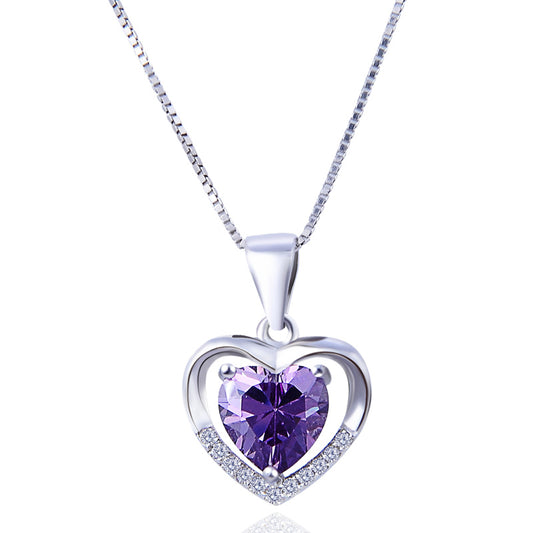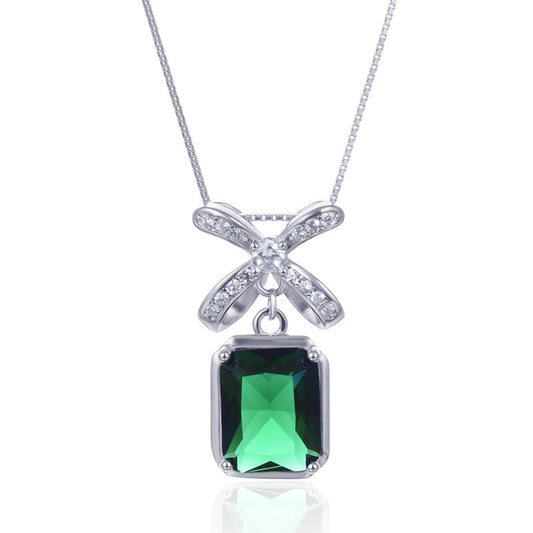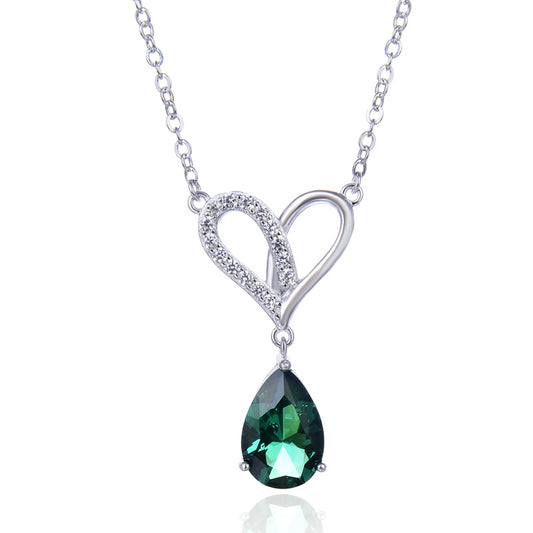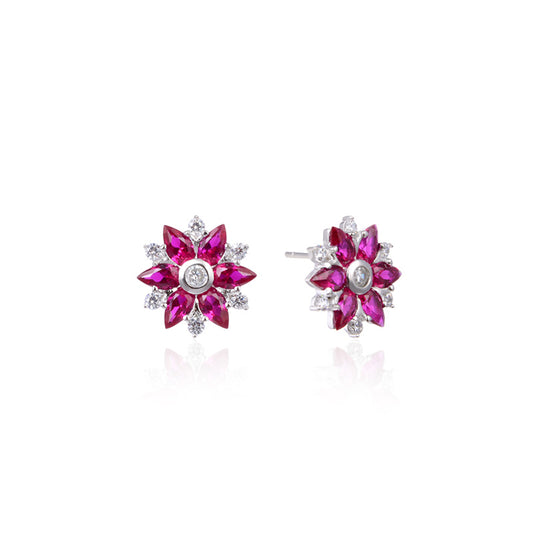
The Deep Connection between Royal Jewels, Power Struggles, and Culture
Royal jewels have been intricately linked with power struggles and culture since ancient times. They are not merely ornaments but explicit symbols of authority, implicit transmitters of culture, and witnesses to history. Below is a more detailed description of the connection between royal jewels, power struggles, and culture from multiple perspectives.
I. Royal Jewels and Power Struggles
-
Explicit Symbols of Authority
-
The Authority of Crowns and Scepters: The crown, as a headpiece, directly embodies the supreme status of the ruler. Its design often incorporates national symbolic elements such as emblems or flags and is adorned with precious stones and metals to highlight the dignity of the monarchy. The scepter, on the other hand, represents the extension of power, signifying the ruler's commands and decision-making authority. Its craftsmanship is equally exquisite, reflecting the majesty of the monarchy.
-
The Hierarchical System of Jewelry Wearing: Within the royal family, there is a strict hierarchical system regarding jewelry wearing. Different members of the royal family wear different types and quantities of jewelry based on their status. For instance, kings or queens may wear the most extravagant and valuable jewels, while lower-ranking royals wear relatively simpler pieces. This hierarchy is reflected not only in the quantity and value of the jewelry but also in its design and craftsmanship.
-
-
Strategic Tools in Political Struggles
-
Jewelry as Political Leverage: In political struggles, jewelry is often used as leverage to exchange benefits,拉拢 allies, or weaken opponents. Rulers demonstrate their favor or distance towards specific individuals or groups by gifting or withdrawing jewelry, thereby influencing the political landscape.
-
Jewelry as Political Signaling: The wearing and display of jewelry also serve as political signals. For example, on important political occasions or ceremonies, rulers express their political stances or support for certain ideologies by wearing particular pieces of jewelry. The transmission of such political signals plays a crucial role in maintaining stability and guiding public opinion.
-
II. Royal Jewels and Cultural Transmission
-
Transmission and Development of Craftsmanship
-
Preservation and Transmission of Traditional Crafts: The production of royal jewels often involves traditional craftsmanship techniques such as gold and silver smithing, gemstone setting, and engraving. These traditional crafts are preserved and transmitted through the production of royal jewels, becoming an integral part of cultural heritage. Simultaneously, to meet the unique demands of the monarchy, craftsmen continually innovate and improve their techniques, driving the development of jewelry-making technology.
-
Training and Skill Transmission of Craftsmen: The production of royal jewels demands exceptional skills and exquisite craftsmanship. Therefore, the training and skill transmission of craftsmen are paramount. With the support of the monarchy, craftsmen can receive systematic training and learning, continuously enhancing their skill level. This skill transmission not only ensures the quality of royal jewel production but also lays the foundation for the sustainable development of the jewelry industry.
-
-
Evolution and Influence of Stylistic Aesthetics
-
Embodiment of Timeless Styles: The style and aesthetics of royal jewels evolve constantly with changing times. From classical to modern, from intricate to minimalistic, each style reflects the aesthetic values and cultural pursuits of the era. As representatives of timeless styles, royal jewels not only lead fashion trends but also influence societal aesthetic preferences.
-
Cross-Cultural Exchange and Integration: Royal jewels also play a pivotal role in cross-cultural exchanges. Different monarchies from various countries and regions demonstrate friendly relations and cultural exchanges by gifting or exchanging jewelry. This cross-cultural exchange not only facilitates the dissemination and development of jewelry-making techniques but also promotes the integration and mutual appreciation of diverse cultures.
-
-
Carriers and Transmitters of History and Culture
-
Witnesses to Historical Events: As witnesses to history, royal jewels have recorded countless significant historical events and figures. They bear witness to the rise and fall of monarchies, the victories and defeats in wars, political transformations and stabilities, and more. Each piece of royal jewelry carries a historical memory, allowing us to delve deeper into the past and understand its history and culture through their examination.
-
Transmitters of Cultural Heritage: Royal jewels serve as transmitters of cultural heritage, embodying the spirit and essence of a nation. They incorporate unique elements of local ethnicities and regions, reflecting the religious beliefs, cultural traditions, and values of the society at that time. By admiring and studying royal jewels, we can appreciate the charm and profound foundation of different cultures. Simultaneously, royal jewels pass down cultural heritage from generation to generation, serving as a bridge connecting the past and the future.
-










